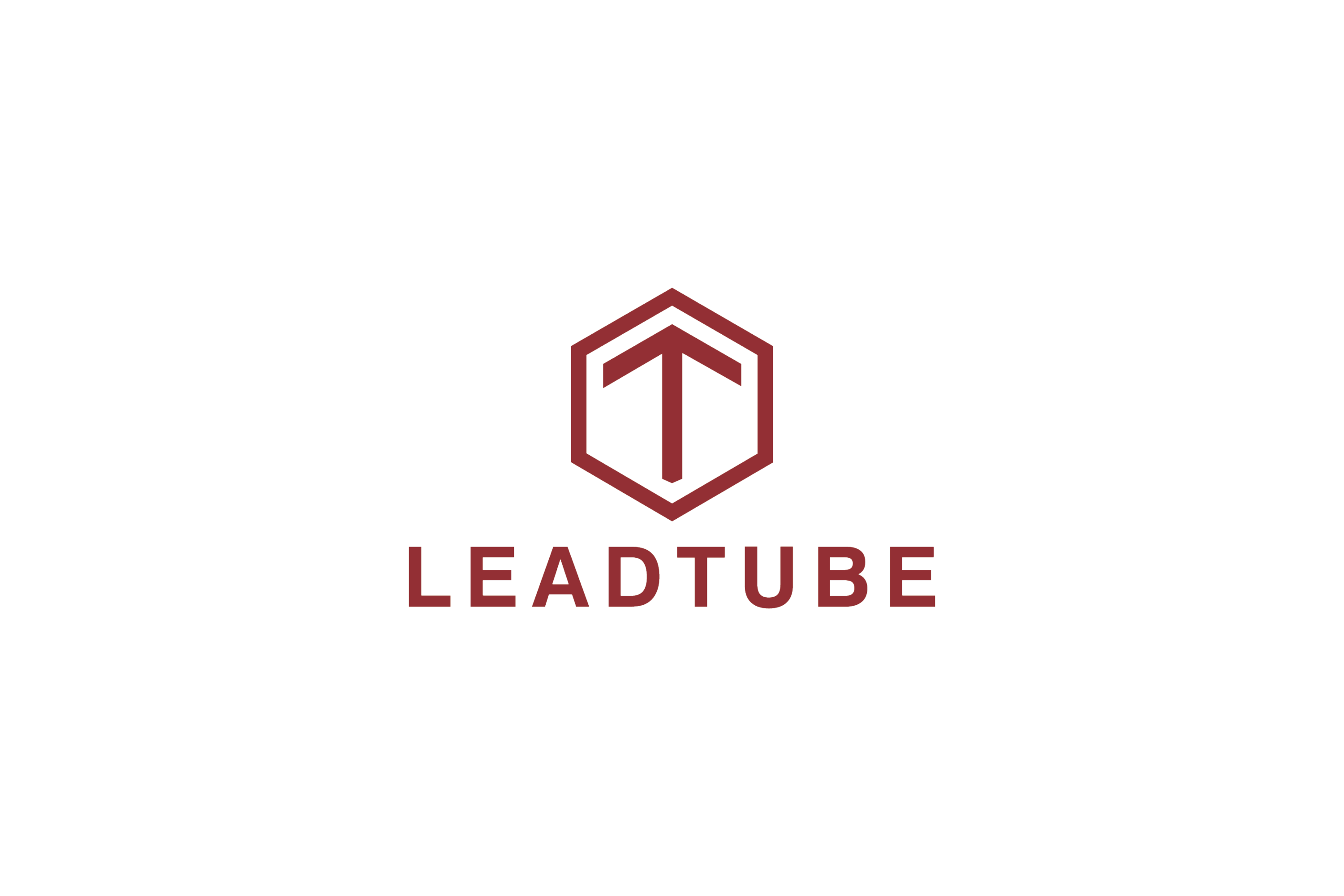Geo-Fencing and Hyperlocal Marketing: Targeting the Right Place at the Right Time
- Aman Ahmadi

- Feb 7
- 2 min read
In a world where digital connectivity often makes borders seem irrelevant, the power of place still needs to be improved, especially in marketing. Enter geofencing and hyperlocal marketing, strategies that harness the strength of location to deliver timely and relevant content to users. By leveraging the capabilities of modern devices to pinpoint exact areas, brands can now engage with their audience not just based on who they are or what they like but precisely where they are at a given moment.

Imagine walking past your favorite cafe and receiving an instant notification about a special discount on your preferred drink or approaching a retail store and getting alerted about a flash sale. This isn't the future of marketing; it's happening right now, thanks to geo-fencing. At its core, geo-fencing involves setting up virtual boundaries or "fences" around specific geographic locations. Once a user's device enters or exits this predefined area, it triggers an action, often in the form of a notification or ad, custom-tailored to the user's current location.
But it's not just about pushing out promotions. Hyperlocal marketing deepens the strategy, focusing on creating highly localized and contextual content that resonates with users in a specific area. This could involve highlighting local events, promoting regional offers, or creating content in local dialects or languages. The idea is simple: make the content so relevant and localized that users feel it's tailor-made for them.
Crafting such a location-centric strategy, however, requires a delicate touch. It's essential to strike a balance between being timely and becoming intrusive. The value proposition must be strong enough to warrant the user's attention and make the notification feel like a pleasant surprise rather than an annoyance. Furthermore, privacy concerns are paramount. Users need to be assured that their location data is being used responsibly and with discretion.
The potential benefits of such pinpointed marketing are immense. For businesses, it means higher conversion rates, as the chances of a user acting on a timely and relevant offer are significantly higher. For users, it's about receiving content and offers that genuinely matter to them, enhancing their overall experience with the brand.
In conclusion, as the digital and physical worlds continue to intertwine, geo-fencing and hyperlocal marketing stand out as beacons of innovation. They bridge the gap between where users are in the digital world and where they stand in the real one. For brands willing to navigate this intricate dance between location, timing, and content, the rewards are a more profound connection, heightened relevance, and a marketing strategy that hits the right place at the right time.




Comments